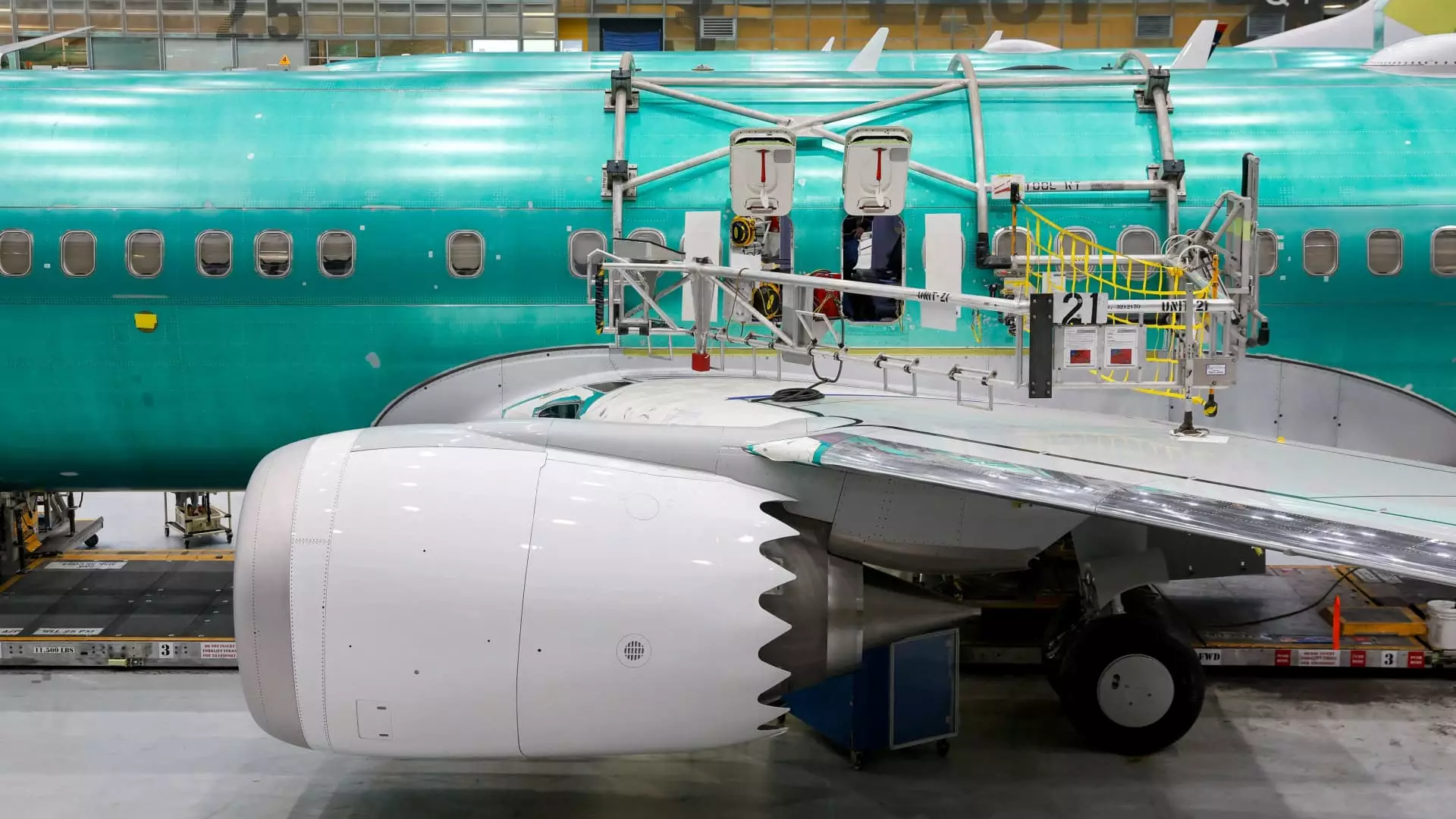As Boeing navigates through yet another tumultuous year, the company finds itself at a critical juncture with its reputation, workforce, and production processes all under scrutiny. The past year has been overshadowed by significant setbacks, from safety incidents to executive overhauls, and Boeing’s journey to rebuild is proving to be complex. This article explores the company’s ongoing challenges, the steps taken towards improvement, and the broader implications of its recovery efforts.
The Shadow of Safety Concerns
In late 2022, an alarming incident involving a Boeing 737 Max 9 operated by Alaska Airlines brought safety issues to the forefront. A fuselage panel blew out mid-flight, sending shockwaves through the aviation community and prompting intense scrutiny of Boeing’s manufacturing practices. Thankfully, no one was seriously injured, but the incident resulted in an investigation by the National Transportation Safety Board (NTSB), which revealed that crucial bolts were missing during assembly. This event has exacerbated existing concerns surrounding Boeing’s manufacturing integrity and quality control.
The ramifications of this incident extended beyond immediate safety concerns; they also weighed heavily on Boeing’s stock price, which plummeted over 30% in the past year, starkly contrasting the S&P 500 Index’s impressive 27% gain. Investors are understandably wary, and the confidence essential for Boeing’s growth is hanging in the balance.
Leadership Changes Amidst Crisis
In response to these mounting pressures, Boeing’s leadership underwent a significant overhaul. The appointment of Kelly Ortberg as the new CEO is one of the most notable changes. Ortberg, a seasoned veteran in the aerospace industry, took the helm with the intention of steering Boeing back to stability. In the wake of labor strikes, executive reshuffles, and quality-related failures, his mandate is clear: restore confidence in Boeing’s products while ensuring safety remains paramount.
Changes were not limited to executive appointments. The company also began implementing robust training programs aimed at improving quality assurance in their factories. Notably, random quality audits have been initiated to catch defects before they reach the assembly line. This proactive stance is a crucial step in rebuilding the trust that has been eroded among stakeholders, including employees and airlines.
A notable point emphasized by FAA chief Mike Whitaker is the pressing need for a cultural shift within Boeing. The organization must prioritize safety and quality over profit margins—an approach that has been challenging given the lucrative nature of the aerospace industry. Whitaker’s comments highlight that Boeing’s recovery will require sustained commitment and infrastructure improvements, rather than quick fixes or temporary solutions.
Boeing’s broader operational strategy involves tackling “traveled work,” a term used to describe tasks that are performed out of their intended sequence during production. This practice has historically contributed to manufacturing flaws and delivery delays. Combating this issue will demand a disciplined adherence to established workflows and could significantly improve the company’s output reliability.
Financially, Boeing has been grappling with substantial losses, exceeding $30 billion since 2019. In an effort to stave off further crisis, the company recently secured billions in funding while also planning to reduce its workforce by 10%. These decisions underscore the urgency with which Boeing must act to slash costs and streamline its operations as it seeks to return to profitability.
Reflecting on the strategic decision-making process, Ortberg articulated a philosophy of focusing on fewer projects but executing them with higher quality. This aligns with the shift in operational culture that needs to occur. If Boeing can effectively recalibrate its focus, it stands a better chance of emerging from this crisis stronger and more agile.
Industry Implications and Competitive Landscape
As Boeing works through its recovery strategy, the competitive landscape of the aerospace industry continues to evolve. Rivals like Airbus are seizing opportunities amidst Boeing’s struggles, including increasing delivery volumes and securing prominent contracts. The pressure is mounting for Boeing to stabilize its production and eventually regain its leadership position in the industry.
A successful turnaround will be judged not only by financial performance but also by the company’s ability to rebuild its reputation for safety and reliability. While the path forward is fraught with challenges, the concerted efforts being made could pave the way for a stronger and more resilient Boeing.
Boeing is at a pivotal moment. The company has initiated significant changes in leadership, culture, and operations aimed at addressing its past failures and restoring trust. However, the journey to repair its image and achieve sustainable profitability will demand ongoing dedication, strategic execution, and, importantly, a commitment to safety above all else.

